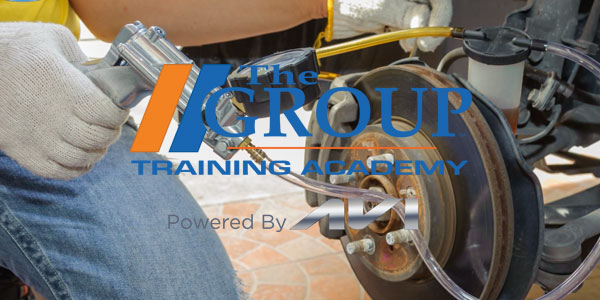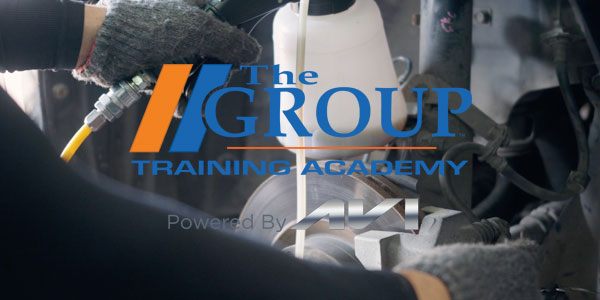Q. Should brake rotors be replaced when the pads are replaced?
A. The need for rotor replacement depends on the condition of the rotors. If the rotors are in relatively good condition with minimal wear, it may not even be necessary to resurface them. However, resurfacing is usually recommended to restore a flat, smooth, like-new rotor surface for the new pads. This will speed pad seating, provide the best-possible friction surface, and reduce the risk of noise or pedal vibrations.
Regardless of the age or miles on a vehicle, rotor thickness should always be measured with a micrometer when the pads are replaced. As rotors wear and become thinner, they also become weaker and are less able to absorb and dissipate heat. This increases the risk of the brakes overheating as well as rotor failure. All rotors have a minimum thickness and/or discard specification that is usually stamped or cast onto the rotor itself. If a rotor is worn down to this specification, or it cannot be resurfaced without exceeding this dimension, the rotor must be replaced.
Rotors can also wear unevenly. This is often due to excessive runout in the rotor, or from hard spots in the surface of the rotor. In many instances, rotors can be distorted if the lug nuts are not torqued evenly. Not using a torque wrench or torque-limiting sticks to final tighten the lug nuts when a wheel is mounted can load the center hat section of the rotor unevenly. This may produce enough distortion in the rotor to cause it to wear unevenly. Dirt or rust that is trapped between the rotor and hub can also cause the same kind of distortion.
Resurfacing the rotors will restore flatness and parallelism between the rotor faces. But if a rotor has hard spots (discolored bluish areas on the surface), it should be replaced because the hard spots often return after resurfacing.
Cracks are another reason to replace rotors. Some minor surface cracking is normal as a result of heat and wear. But deep cracks or ones that are more than an inch long are dangerous because they could cause the rotor to fail.
Rotors should usually be replaced in pairs to maintain the same thickness and wear on both sides.
Q. If the brakes pulsate because of rotor wobble, how do you get rid of it?
A. “Brake pedal pulsation occurring after brake service is primarily caused by thickness variation in the rotor,” according to Bob Milliman, training supervisor for Affinia. “The rotor wears unevenly due to the lateral run-out on the hub, which causes the thickness variation. The pads upon application make contact with the high spot first. Pedal pulsation can occur from 1 to 12,000 miles after brake service has been performed, depending on the extent of the run-out.”
Resurfacing the rotors in place with an on-car lathe can usually minimize a runout problem, and is usually easier than trying to compensate for runout on a bench lathe.
Replacing the rotors with new ones can also eliminate a pulsation if the problem was a bad rotor. But it won’t help if the wobble is due to excessive runout in the hub. So runout should be checked with a dial indicator.
Runout is measured by placing the tip of a dial indicator against the outside face of the rotor, then rotating the rotor one full turn. If the dial indicator shows more then .003 inches (0.076 mm) of total movement, there’s too much runout. On some vehicles, that number may be as low as .002 inches or less.











